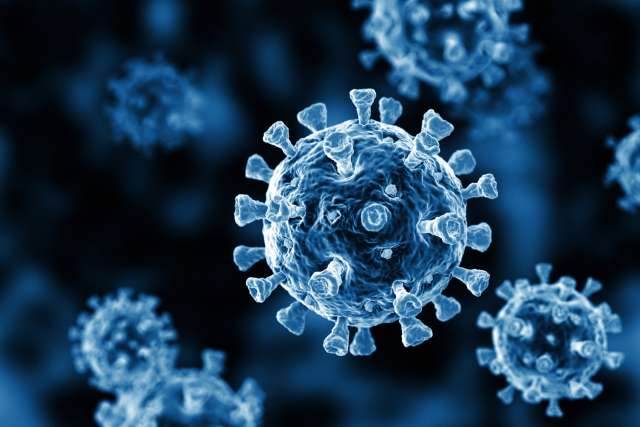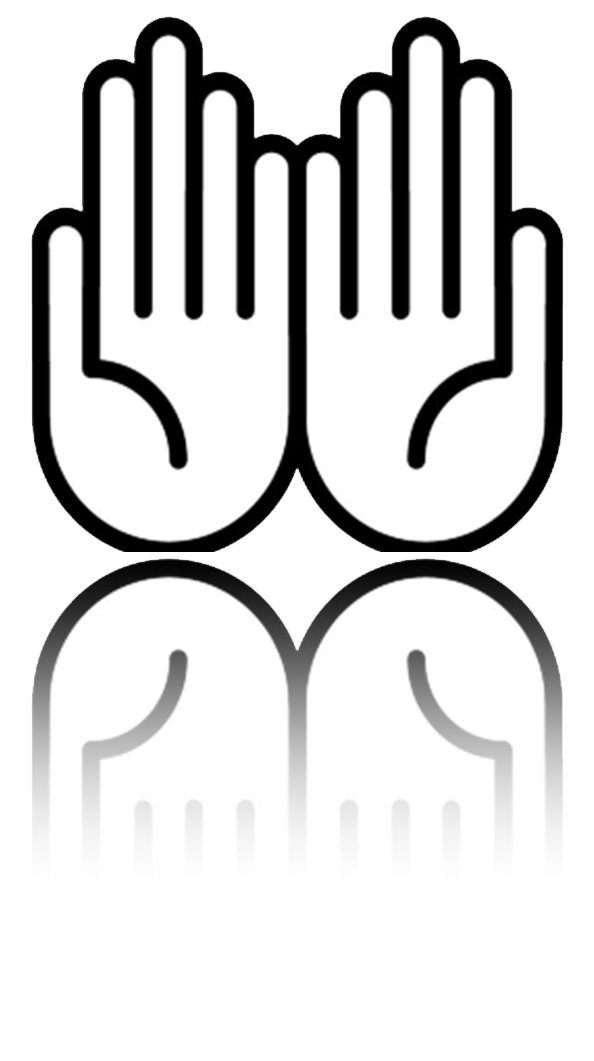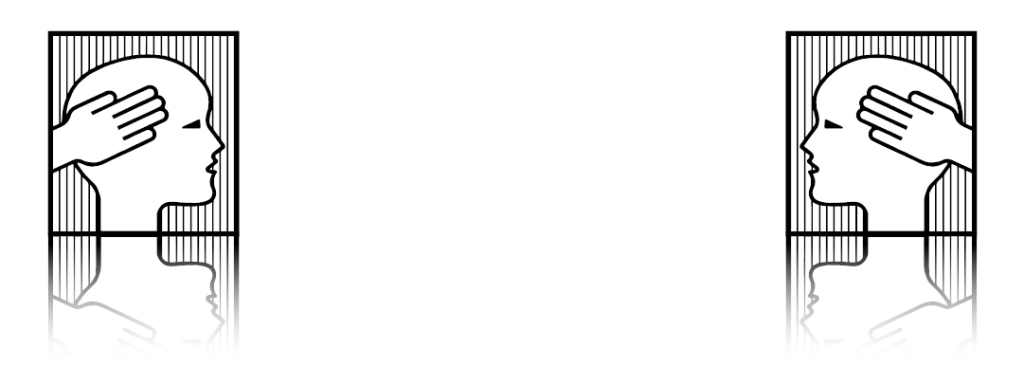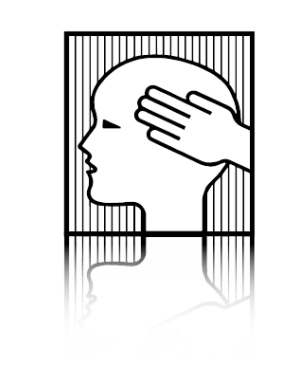
A Disease Theory

Within the context of this Disease Theory,
current (1986) treatment of disease processes all share one basic assumption:
external control is necessary to treat pathology.
Knowledge of the brain has greatly expanded in the past three decades (1950, 1960 and 1970).
With this Increased knowledge, neuroscience is discovering new information about disease processes.
However, even. in such exemplary triumphs
as the administration of L-Dopa for the symptoms of Parkinson’s disease,
the symptomatology is, at best, suppressed and the degenerative process continues.
Does medicine have nothing more to offer than sophisticated
diagnostic tests, labels, and newer pharmacological agents?
Within the context of this Disease Theory,
current (2024) treatment of disease processes continue to share one basic assumption:
external control is necessary to treat pathology.
This statement remains true after 40 years of writing
The Cranial Connection, and
88 years after Tucker and Wilson commented on this topic:
As early as 1936,
Tucker and Wilson
expressed this orientation
toward health and disease.
The general trend of research and of therapy should be
toward the body, its resources, and its reactions,
rather than with the germ
which has had more than its share of investigation.
(1936, p. 35)

When pathology continues or symptoms defy diagnosis,
one can either accept or reject the existing medical framework
based on a disease theory
that is dependent on external control.
The focus on symptomatology and the onslaught of external agents
designed to eradicate the symptoms
have overshadowed the primary agent
involved in the pathological state
–the body itself!
Tucker and Wilson expressed this orientation
toward health and disease:
“To say that the disease does so-and-so is incorrect,
for it is the body
that does so-and-so in the presence of an irritant.”
(1936, p. 60) (boldface added)
There is a different orientation.
We will investigate the
Cranial Osteopathic Paradigm –
The Cranial Connection.

